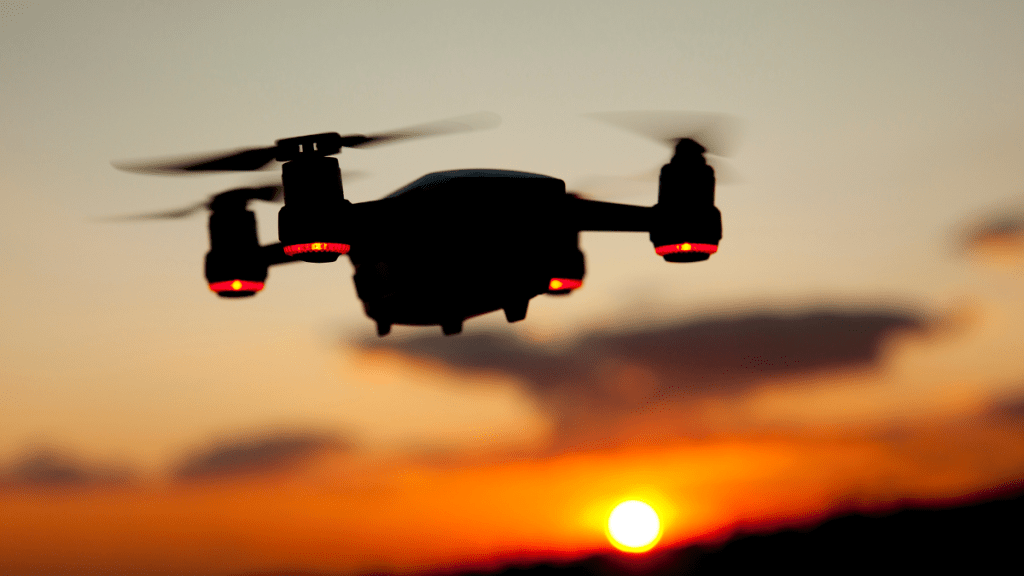Despite drones being increasingly deployed across sectors — from defence and surveillance to agriculture and logistics — the domestic manufacturing ecosystem for critical components is yet to fully get off the ground. Most core drone subsystems, including flight controllers, electronic speed controllers (ESCs), high-performance sensors, propulsion units, and avionics, are largely imported due to a lack of mature local alternatives.
This reliance has persisted because of several structural gaps like limited aerospace-grade supply chains, an underdeveloped vendor ecosystem, the absence of robust certification frameworks, and insufficient indigenous R&D capacity. As a result, drone startups have often opted for globally available components from established players, particularly in China and the US, where the ecosystem is more advanced, reliable, and cost-efficient.
However, a shift is now underway. Spurred by rising defence demand, policy incentives, and increased investor interest in deeptech, domestic drone companies are working to break out of this dependence and build comprehensive in-house capabilities. “Serious players in the drone industry are now investing heavily in end-to-end development, from propulsion systems and airframes to software stacks and ground control stations,” said Satyabrata Satapathy, founder of BonV Aero. The company currently sources or develops over 80% of its bill of materials domestically, a marked departure from the past.
Other founders echo this transition. “Over the next few years, we will see a stronger ecosystem of domestic suppliers emerge, driven by academic partnerships, innovation hubs, and sustained capital support,” said Ankit Kumar, CEO and founder of Skye Air. Startups are not just looking to assemble drones with imported components anymore, but to own the full intellectual property stack, spanning hardware and software.
Several government initiatives are helping catalyse this change. The production-linked incentive (PLI) scheme for drones, defence ministry’s iDEX and technology development fund (TDF), and more liberalised drone regulations have encouraged companies to localise R&D and expand manufacturing footprints. Strategic collaborations between startups, defence PSUs, and private MSMEs are also accelerating the development of key technologies in electronics, AI, and advanced materials.
Investment dynamics are also shifting. For years, funding in drone ventures remained tepid due to a lack of technical understanding among investors. “There wasn’t enough clarity to distinguish genuine deeptech efforts from mere assemblers,” said Sai Pattabiram, founder and MD of Zuppa. But the second half of 2024 proved pivotal. Ministries began suspending procurement of drones with questionable indigenous value claims and insisted on verifiable domestic content, moving beyond superficial metrics like GST-based value addition.
This push for higher localisation has started attracting long-term capital. According to Tracxn, India has 515 drone companies, 263 of which are in component manufacturing. In 2024, drone startups raised $108 million in funding, with $39 million added so far in 2025.
At the same time, global trends are working in India’s favour. Heightened security concerns have made many countries wary of Chinese-made drones, creating a market for reliable, affordable, and cyber-secure alternatives. “Indian drone startups are well-positioned to fill this gap, especially in defence, surveillance, and infrastructure sectors,” said Sambit P, CTO and co-founder of IG Drones. “We are focusing on AI autonomy and secure communications, which gives us a significant edge,” he said.
To fully capitalise on this momentum, stakeholders are calling for unified support. Startups want investors to provide patient capital and strategic guidance, prioritising long-term value over quick returns. They are also seeking policy consistency from the government, such as expanded PLI coverage and reduced regulatory burdens, and deeper collaboration from OEMs in co-development and demand assurance.
“India’s own drone demand is large enough to provide the economies of scale needed to become a global, non-Chinese source of high-quality drone systems and components,” Pattabiram said.

